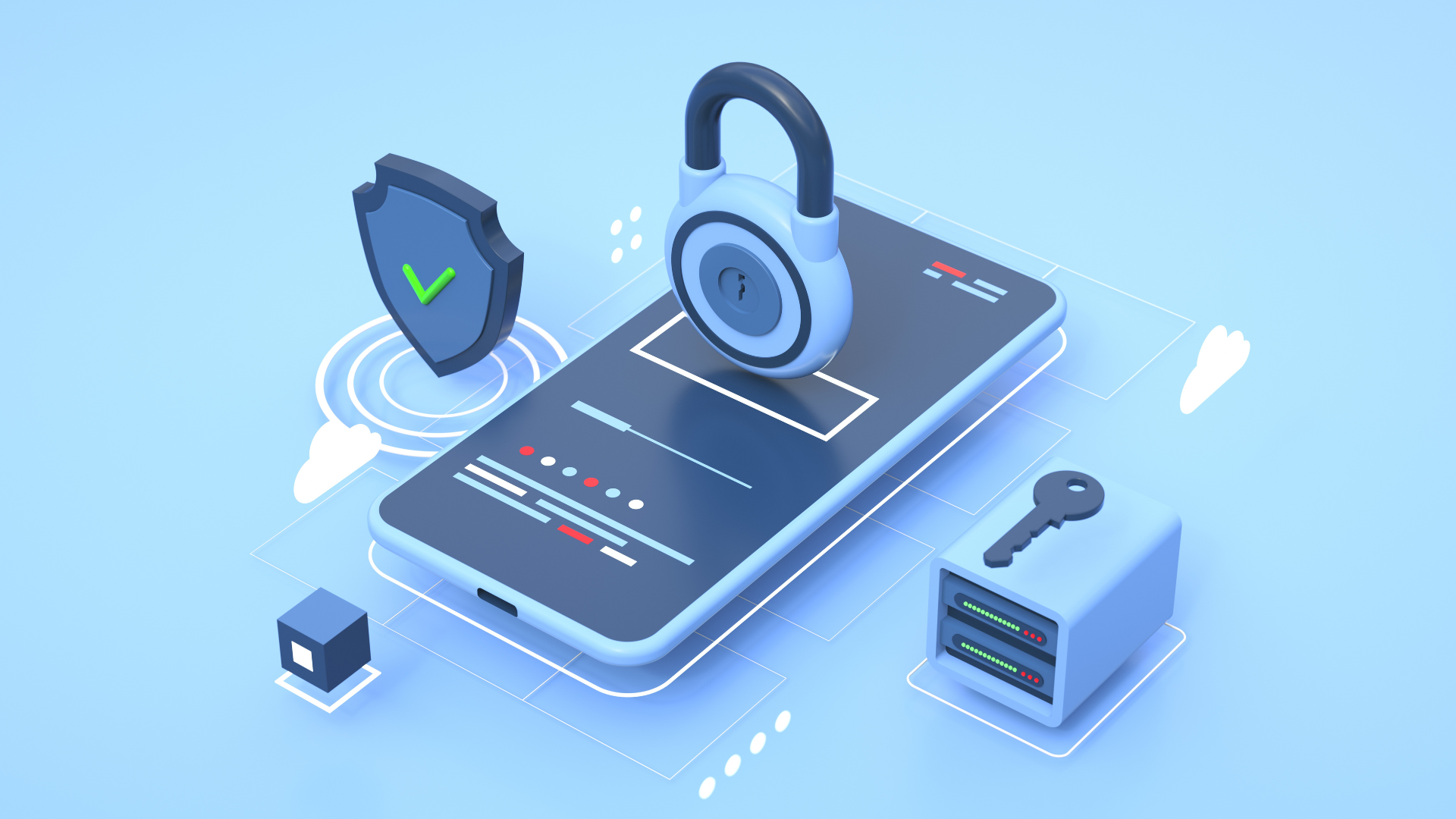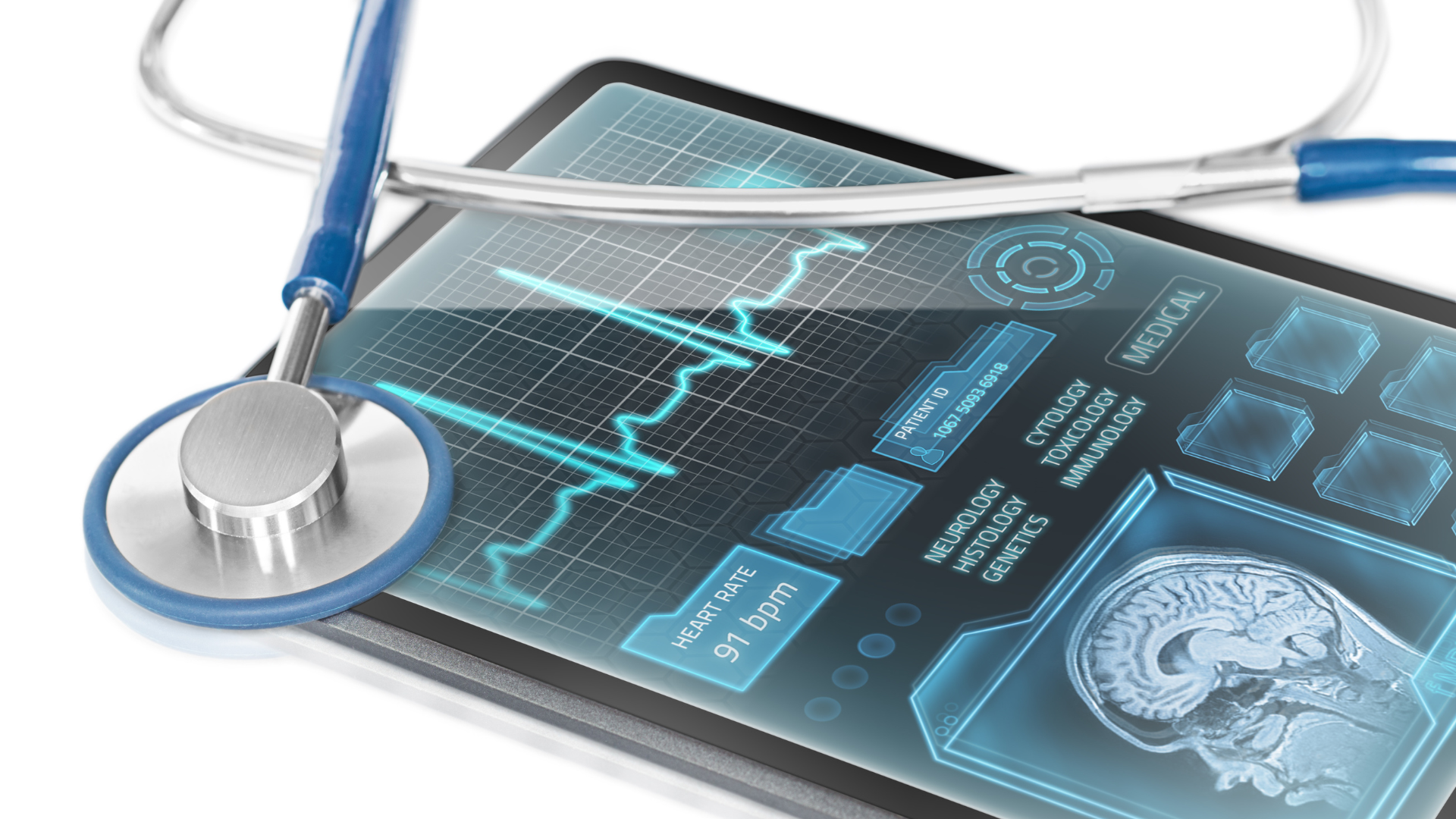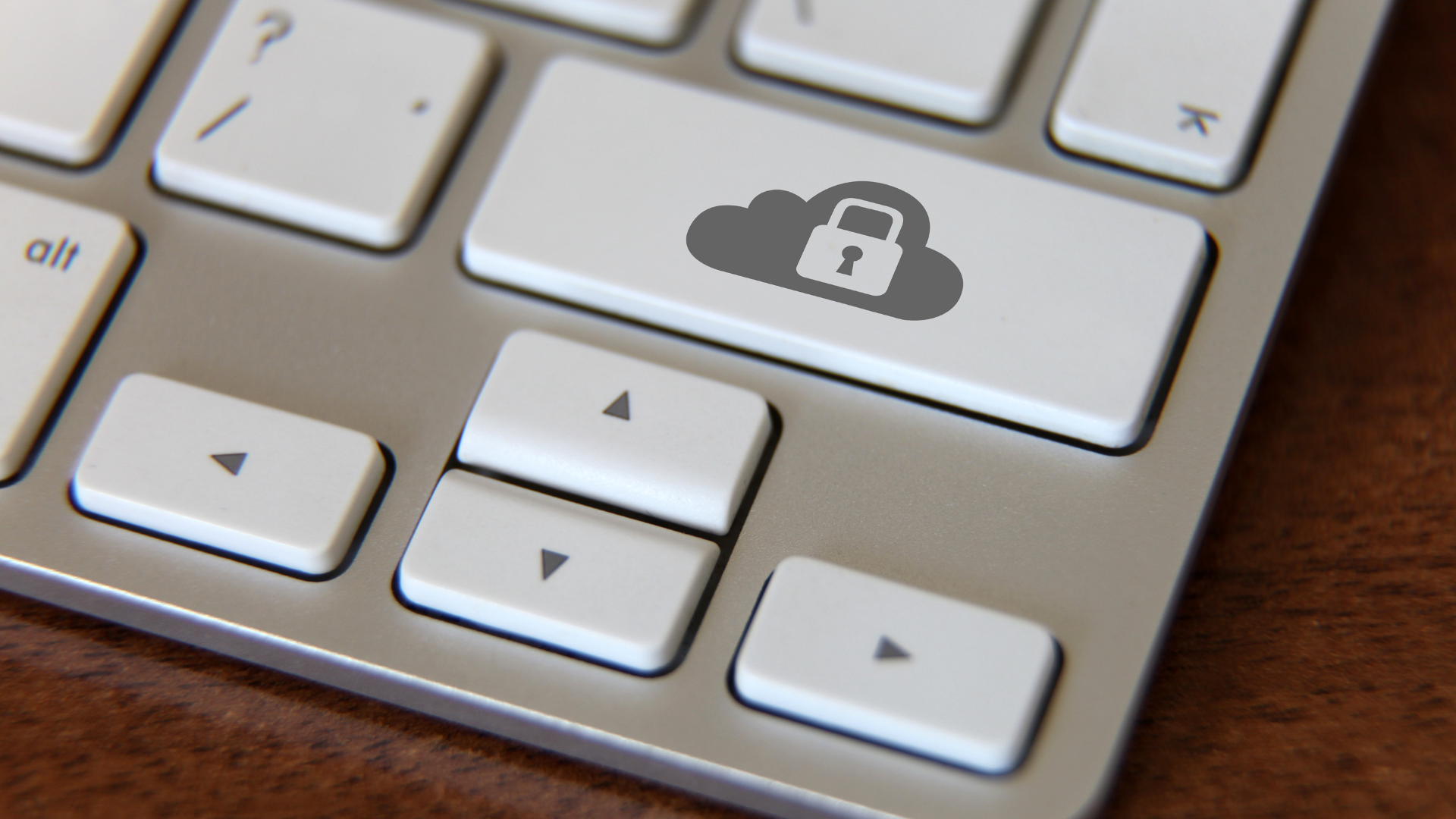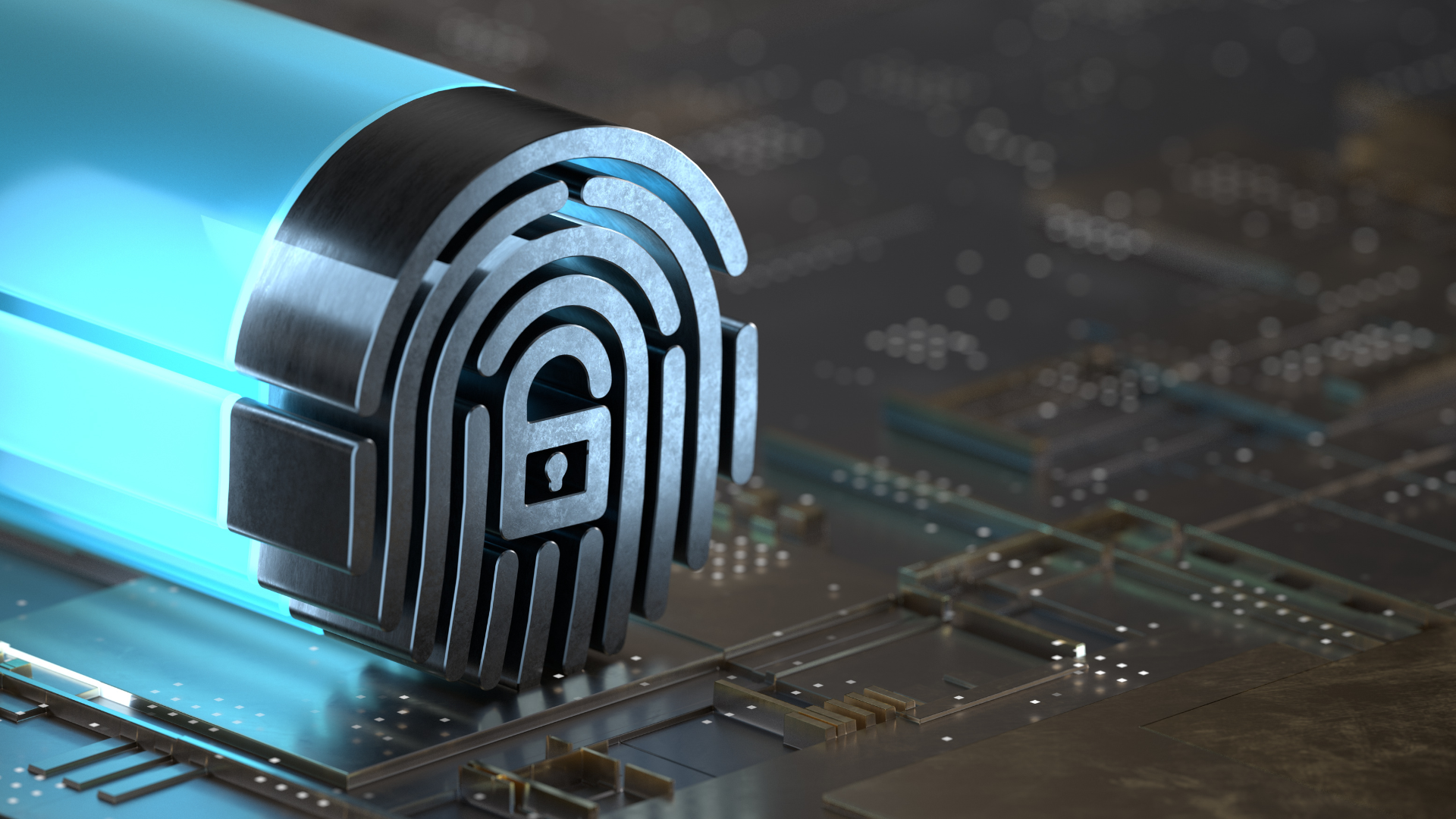What you need to know about the TEFCA
Safe, effective, and efficient care: Every person wants to get it and every healthcare provider wants to give it.
In order to deliver safe, effective, and efficient care, it’s key that providers have safe, effective, and efficient access to important health information as well.
Unfortunately, for almost two decades now, the health information exchange (HIE) here in the United States has operated in bubbles and silos—working in separate networks, unable to share important clinical information across state lines.
To provide the quality of care they want to deliver, healthcare providers would have to connect to
multiple health information networks (HINs) just to get the information they need—and most HINs do not share data with each other!
In fact, according to a survey by the
American Hospital Association:
- 78% of hospitals in the US use more than one electronic method to send health records
- 61% of hospitals in the US use more than one electronic method to receive health records
Largely because of technical and legal limitations, healthcare providers here in the US find that a smooth and efficient exchange of health information is just out of reach…until now.
This is where the Trusted Exchange Framework and Common Agreement (TEFCA) comes in.
What is the TEFCA?
The TEFCA is the government’s latest framework in improving nationwide patient data exchange and, ultimately, making healthcare interoperability a reality.
In simple terms, TEFCA was made to simplify the exchange of healthcare data.
Mandated by the
21st Century Cures Act of 2016 and developed by the Office of the National Coordinator for Health IT (ONC), the TEFCA encapsulates a set of policies, terms, conditions, and the technical approach that would enable the nationwide exchange of electronic health information (EHI) across disparate health information networks (HINs).
If successful, the TEFCA can help ensure that HINs, healthcare providers, health plans, individuals, and other stakeholders can get secure access to their EHI whenever and wherever they need it.
The Goals of TEFCA
According to The Sequoia Project, the organization tapped by the ONC to serve as the recognized coordinating entity for the TEFCA, “The ultimate goal…is to enhance provider and consumer access to health information that supports better clinical decision-making, improved outcomes, and lower costs.”
In a joint
statement, the ONC’s Micky Tripathi and The Sequoia Project’s Mariann Yeager outlined the three goals for the TEFCA in more specific terms:
- Establish a universal policy and technical floor for nationwide interoperability. Create the baseline technical and legal requirements for nationwide network-to-network sharing of electronic health information.
- Simplify connectivity for organizations to securely exchange information to improve patient care, enhance the welfare of populations, and generate health care value.
- Enable individuals to gather their healthcare information. Allow EHI to securely follow individuals when and where it is needed.
The TEFCA aims to create a
network of networks that will grow over time. The ONC recognizes that using a single network for data sharing across the country is not feasible, but a network of data-sharing networks is.
As a remedy to the current interoperability limitations, the TEFCA proposes a two-part solution: A
technical framework and a
common legal agreement.
The Trusted Exchange Framework (TEF)
The Trusted Exchange Framework is a set of common principles that are designed to facilitate trust and encourage data exchange among health information networks.
These non-binding but foundational principles are:
- Standardization
- Transparency
- Cooperation and Non-discrimination
- Privacy, Security, and Safety
- Access
- Equity
- Public Health
The Common Agreement (CA)
If the Trusted Exchange Framework is a set of non-binding but foundational principles for the exchange of health information, the Common Agreement is the contract that advances those principles.
It is a legal data sharing agreement that establishes the technical infrastructure model and governing approach by which HINs and their users can securely share clinical information with each other.
Among the aspects that the Common Agreement establishes and incorporates are:
- Standard Operating Procedures (SOPs). An SOP is a set of written instructions that describes the step-by-step process one must take in order to properly perform an activity. In the case of the TEFCA, SOPs have been developed by The Sequoia Project for topics such as advisory groups, conflicts of interest, dispute resolution process, governing council, QHIN security of TEFCA information, QHIN cybersecurity insurance, and transitional council. Additional SOPs will be made over time.
- QHIN Technical Framework (QTFs). The QTF outlines the technical aspects and components of what is required to participate in the exchange among QHINs, including, but not limited to identity proofing and authentication, and utilization of connectivity services.
- Governing Approach. Under the Common Agreement, QHINS, participants, and sub-participants will have the opportunity to engage in governance. The Common Agreement creates a governing council that:
- Reviews amendments to the Common Agreement, QTF, and SOPs.
- Serves as a resource to the RCE and forum for discussion.
- Provides oversight for resolution of disputes.
A Network of Networks
As previously mentioned, the ONC recognizes that using a single network for nationwide data sharing just isn’t a feasible route. This is why the TEFCA is instead geared toward creating a network of data-sharing networks that will grow over time.
Both the Trusted Exchange Framework and the Common Agreement follow this network-of-networks structure. According to the ONC, such a structure allows for multiple points of entry and is inclusive of many different types of healthcare stakeholders.
Here's how it works:
The TEFCA is designed to work for all different types of stakeholders and its success depends on the close coordination between the private and public sectors. These stakeholders include:
- Health Information Networks
- Health Information Exchanges
- Individuals
- Providers
- Federal Agencies
- Public Health Agencies
- Health Plans and Other Payers
- Health IT Developers
How the TEFCA Benefits Healthcare Providers Like You
The TEFCA is definitely helping the US health care take strides toward national interoperability—providing an efficient vehicle for participants to send, receive, and query for standardized electronic health information. But how does this affect providers like you?
The Sequoia Project lists down five ways the TEFCA can help healthcare providers across the continuum:
Improve care.
You can make better clinical decisions because you have access a wider array of data to help you make them. On top of being able to access the patient’s EHI from more providers, you can also access test results and diagnostics that were performed by other healthcare providers. This lessens the need for repeat and redundant services, saves money along the way, and makes the process a lot more convenient for patients.
Provide individuals with access to their information.
At present, patients access their EHI through various portals, depending on their healthcare providers. By helping facilitate access to their health information, TEFCA can help individuals look up data gathered from every connected place they’ve received care in just one stop.
Improve care coordination.
Being on the network based on the Common Agreement has great advantages such as fewer barriers to connection and greater access to information. These give more provider types and more healthcare organizations great reasons to be a part of the growing network.
The result? Efficient data sharing during transitions of care as well as a mechanism for primary care providers to know about the care their patients receive in other settings.
Access information needed to support value-based care, care management, and population health.
To effectively manage the care of populations, providers like you need data from organizations outside your own. This gives you a more comprehensive view of the care that a patient has received, helps close care gaps, gather data for quality metrics, and develop analytics regarding various trends.
Reduce the need to participate in multiple health information exchange initiatives.
Because there will be a network of networks, one that connect networks to one another, you get to access and exchange information from varied sources through a single or limited set of connections. This covers both local and national exchange to ensure that all necessary information follows the individual.
Ease the burden of public health reporting.
Automating and harmonizing public health reporting can be a big challenge for healthcare providers operating across state lines. However, when public health agencies connect to the network of networks, these providers can engage in two-way communication with the relevant public health agencies. This eases the process of reporting to multiple jurisdictions.
Facilitate emergency preparedness and response.
Having a network of networks can help providers get access to the health information of an individual who is receiving care in emergency settings and are away from their usual sources of care. The networks can be key to gathering and sharing real-time information about public health or emergency response efforts.
Increase confidence in data received from others.
The network based on the Common Agreement will establish common rules about technical standards, data access, and privacy and security requirements—this creates the trust and confidence needed for the proper flow, exchange, and use of EHI across various settings of care.
Prepare Your Practice for the Future
With TEFCA now officially live, the US is a step closer to making health care more efficient, more accessible, and more affordable for providers and patients alike.
To prepare your practice for the future of health care, you need to get yourself and your team educated about TEFCA. You can start with
the Office of the National Coordinator for Health IT.
You also need to plan out how you can adapt to the changes, and this typically starts with knowing and understanding where their data is and how it is currently shared. Our
IT and cloud experts here at ER Tech Pros can help you out with that!
Search Articles
Healthcare & Tech Articles

ER Tech Pros is a managed service provider (MSP) that specializes in catering to the IT needs of businesses across the globe. We have offices in Sacramento and the Greater Fresno area.
We use our cutting-edge technology, extensive experience, and global team of technology experts to ensure your IT network is in its most secure and optimal state.
We focus on your IT so you can focus on growing your company.
8795 Folsom Blvd, Ste 205
Sacramento, CA 95826
1501 Howard Rd, Ste 2
Madera, CA 93637
(855) ER-TECH-1 / (855) 378-3241
info@ertech.io
Resources
Search this Site
ERTech Pros | All Rights Reserved.














